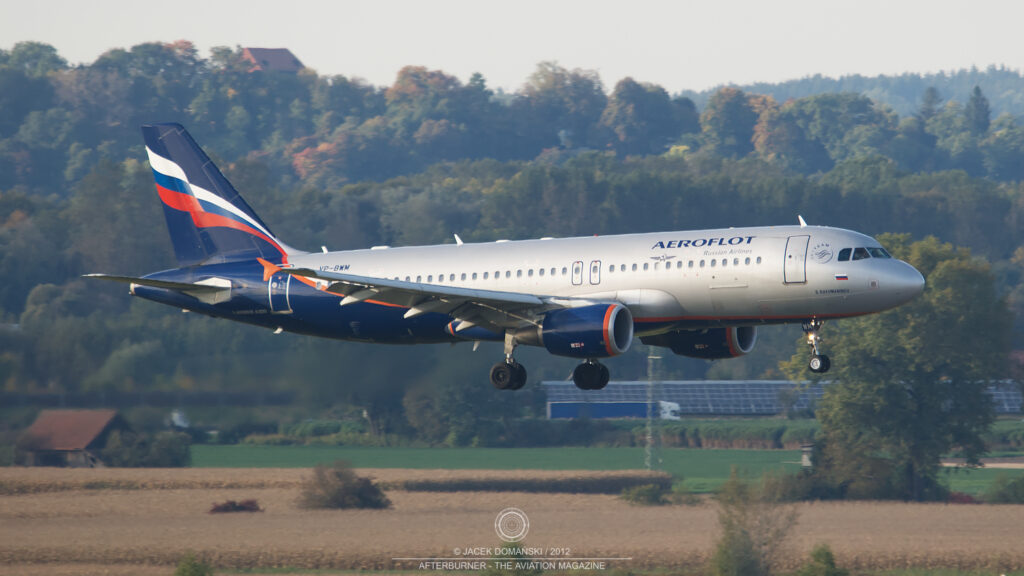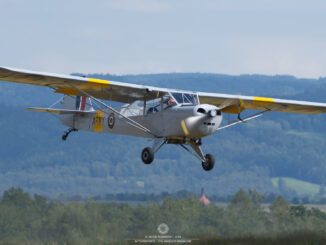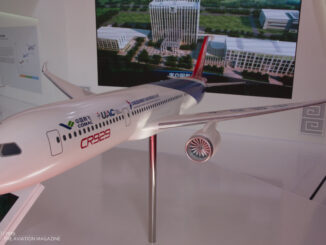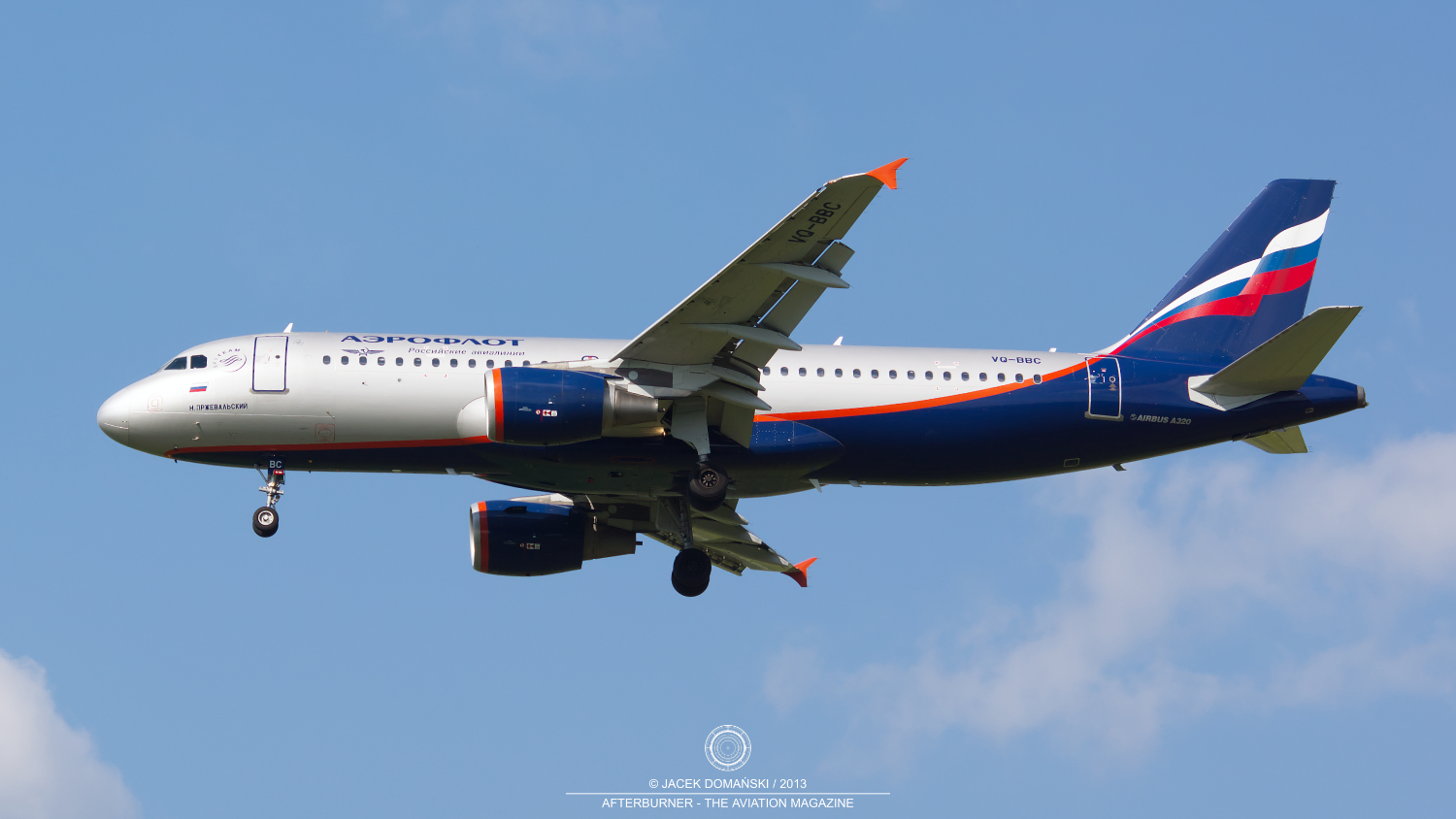 At the end of October 2024, the largest air carrier of Russia, the Aeroflot group (ПАО Аэрофлот – Российские авиалинии / PJSC Aeroflot – Russian Airlines) announced its results for the Q2 2024, as well as the full-year forecast for 2024. According to the company, the national Russian airline almost completely recovered from two main shocks it suffered in 2020 and 2022, caused respectively by the coronavirus outbreak and the Western sanctions against Russia.
At the end of October 2024, the largest air carrier of Russia, the Aeroflot group (ПАО Аэрофлот – Российские авиалинии / PJSC Aeroflot – Russian Airlines) announced its results for the Q2 2024, as well as the full-year forecast for 2024. According to the company, the national Russian airline almost completely recovered from two main shocks it suffered in 2020 and 2022, caused respectively by the coronavirus outbreak and the Western sanctions against Russia.
In 2019, the Aeroflot group, including the mother company and its three subsidiaries ООО Авиакомпания Победа (usually romanised as Pobeda), АО Авиакомпания Россия (Rossiya) and АО Авиакомпания Аврора (Aurora) carried 61 million passengers, with passenger seat occupancy rate of 82%.
Due to covid outbreak and worldwide bans on travelling that followed, the company closed the financial year 2020 with only 30.2 million passengers, less than half of the aforementioned number. Aeroflot was one of the Russian companies most-affected by the pandemic aftermath. In April of 2020, for example, the group passenger traffic fell more than 90% year-to-year. The company survived the crisis only because of significant support from the government. In addition, in December of 2020, Aeroflot sold its 51% stake in Aurora airline.
In the eve of the outbreak of the war in Ukraine, the Aeroflot was slowly recovering from crisis caused by the coronavirus pandemic. In 2021, the Russian air traffic market posted growth of 56%, to a total of 117.1 million passengers. The Aeroflot group took more than 38% of it, carrying 45 million passengers. At the end of the year, European routes accounted for 53% of the international traffic of the company.
All that changed due to the war. The Western countries not only closed their airspace for Russian airlines, but also set up several sanctions against the country. It not only turned the existing business model upside down but also affected technical condition of aircraft, their maintenance and safety certification.
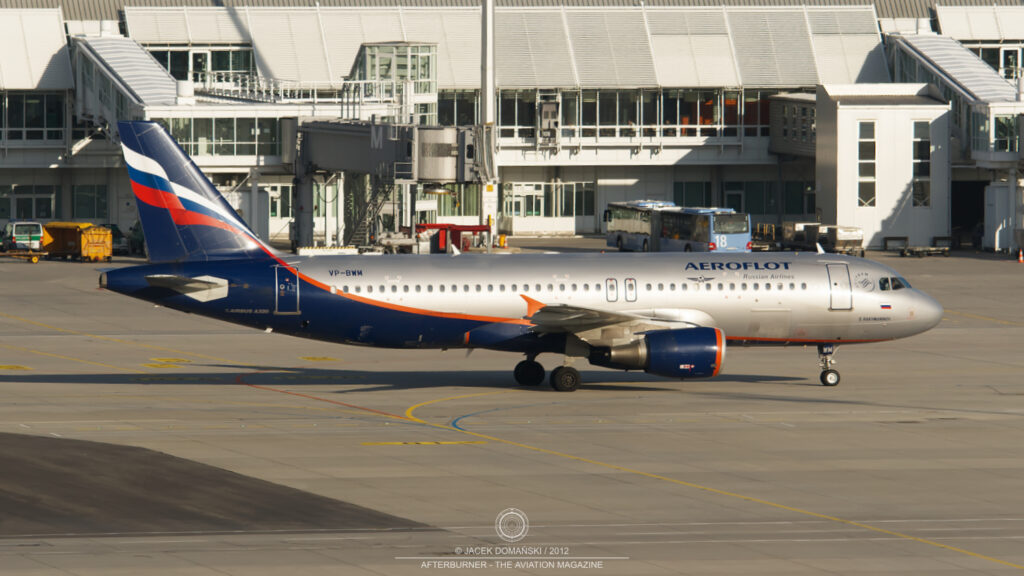
In consequence, the company had to completely restructure its business. In response to changes in the Russian economy, Aeroflot had to adapt to new challenges and the looming deadline for retirement of its Western-made fleet of airliners.
Moreover, the governmental forecast regarding both the expected increase of passenger traffic and number of domestically made aircraft necessary to address the rise in demand for air travels were in contradiction with capabilities and intentions of the Russian aviation industry (more on this topic in our articles – Modern Russian airliners – where the mistake was made? and Audit raises concerns on the Russian plans to build one thousand airliners).
In January of 2023, Aeroflot announced its new, ambitious strategy for 2030. It included the group air traffic increase up to 65 million passengers per annum, as well as increase the market share to fifty percent. The company was also going to increase its fleet to 500 airliners, from current 320, as well as gradually retire all Western-made aircraft.
Sergei Alexandrovsky, the CEO of Aeroflot, specified for the Russian press that the company intended to buy 339 new airliners by 2030. The purchasing plan included 89 Sukhoi Superjets (SJ-100), 210 MC-21s and 40 Tu-214 aeroplanes, all aimed to replace the existing fleet of Airbus A320 and Boeing 737 jets.
However, in June of the same year, Alexandrovsky announced that Aeroflot is no longer interested in acquiring any other airliner than the MC-21. Shortly after, the national Russian carrier successfully pressed on OJSC United Aircraft Corporation (UAC), the sole Russian aircraft manufacturer incorporating all the aviation companies in the country, to launch development works on shorter variant of the airliner, designated MC-21-200 and intended to replace the SJ-100.

According to official forecast, until the end of 2024 the Aeroflot should be able to get close to results achieved in 2019, despite the change of the business model and restructuration of air routes. The passenger seat occupancy rate already set a new record and currently is at 89.8%. Moreover, the company is close to achieve its main goal of 65 million passenger flow per annum, as it already carried 58.6 million passeAlthoughngers year-to-year.
Nowadays, 76% of international air traffic of the Aeroflot group are flights to the Middle East and countries of the Commonwealth of Independent States. Within the group, Rossiya is playing a role of regional carrier, with economy and business class onboard, which takes 18.8 % of the traffic, while Pobeda is a low-cost carrier with economy class only and takes 26.2% of the share.
In July of 2024, Aeroflot also announced the company, together with Rosatom, launched a project focused on manufacturing spare parts for foreign-made passenger aircraft. This decision was made in face of the Western sanctions against Russia and the ending stock of original parts.
Although the aforementioned figures published by the Aeroflot group seem to show the company managed to find its new business model, as well as is on the way to recover from recent crisis, problems that are panning the Russian aviation industry and economy can soon affect the future of the country´s biggest carrier.
First of all, Государственный научно-исследовательский институт гражданской авиации (the State Scientific Research Institute of Civil Aviation – GosNIIAS) estimates that 56% of the Western-made aircraft currently operated by the Russian airlines will need to be withdrawn from active service by the end of the decade. In the absence of domestically made aeroplanes to replace them, as their development suffers from significant delays.
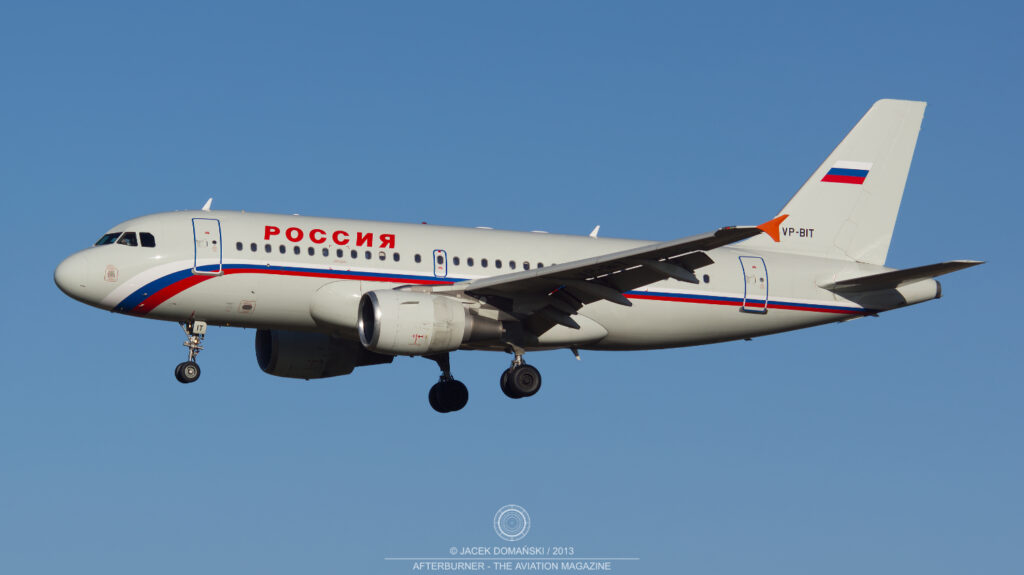
Taking into consideration that, at this moment, the abovementioned fleet of the Western-made aeroplanes secures more than 90% of the air traffic in the country, the Russian government acknowledged that it already launched negotiations with several foreign air carriers, aimed to allow them performing cabotage passenger transport on domestic routes.
In the worst-case scenario, the Russian airlines will be soon losing the market shares due to insufficient number of aircraft. Their passengers and routes will be taken over by foreign airlines, as well as all profits coming from the increased air traffic. In October of 2024, the Minister of Transport Roman Starovoyt, admitted that talks with Kazakhstan were ongoing.
Actions of the Russian government raised concerns among the Russian airlines and GosNIIAS. Already in September 2024, Sergei Alexandrovsky officially asked the authorities to allow wet leasing of aircraft from foreign companies (wet leasing means one airline provides an aircraft, together with its crew, maintenance, and insurance to another airline, such leasing is currently allowed in Russia only between the domestic airlines). However, this could be only a partial solution as most of prospective partners operate the Western-made airliners and this would not resolve the issues caused by the sanctions – except relying completely on Chinese-made aeroplanes. At the same time the GosNIIAS authorities required to establish a special government agency aimed to purchase second-hand airliners on the international market.
What was additionally alarming was the information that Russian tour operators already began with contracting foreign airlines to provide air transfer for their customers. In September of this year, One Click Travel officially announced the charter flights from Yekaterinburg and Novosibirsk to Cambodia are performed with SCAT, the Kazakh private operator. Moreover, the Russian tour agency is going to increase that cooperation with further flights to Vietnam and China.
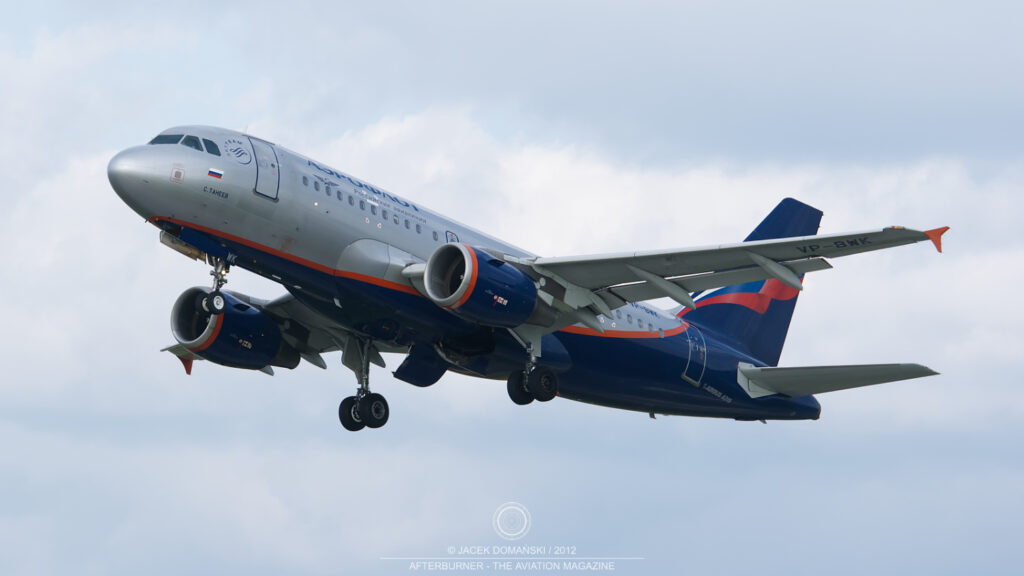
In the meantime, the Russian aviation industry failed to meet the delivery deadlines again. Initially, at least thirty-five new airliners had to be built in 2024 – twenty Sukhoi Superjets, seven Tupolev Tu-214s, six MC-21s and two Ilyushin Il-114-300. Until now, only two Tu-214s were taken over by the Russian operators, as well as one Il-96-300 airliner (restored to airworthy condition from long-time storage).
Moreover, also the plans for two following years were recently officially reduced. From 82 to just 20 aircraft in 2025 and from 120 to 97 in 2026.
Last but not least, the majority of the Western airliners currently operated by the Russian carriers are not in their ownership. Several hundred aircraft still belong to Western leasing companies, causing additional issues with usage of the fleet. Although in 2023 and in the early 2024, the Russian airlines tried to solve this issue and began to buy out the aeroplanes, this activity was ceased after purchasing approximately one third of them. Finally, Aeroflot acquired 90 aircraft, S7 Airlines bought 45 airliners and Ural Airlines became an owner of another 19 aeroplanes.
Secondly, the governmental forecast that indicates continuous growth of the air traffic may not be warranted. Some independent analysts claim the Russian passenger flow has already reached its maximum and – due to continuing downward spiral of economic collapse – not only will not remain at its present level but will drop significantly to just 90-95 million passengers per year. In 2030, the market should slowly recover to approximately 120 million passengers annually, however it will not achieve the pre-covid level in the foreseeable future.
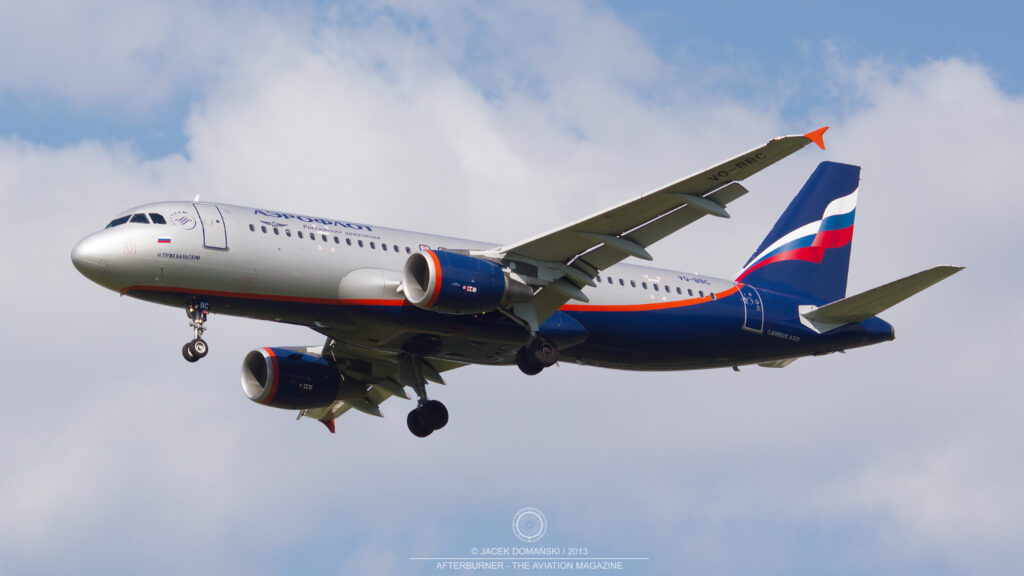
Last but not least, the majority of the Western airliners currently operated by the Russian carriers are not in their ownership. Several hundred aircraft still belong to Western leasing companies, causing additional issues with usage of the fleet. Although in 2023 and in the early 2024, the Russian airlines tried to solve this issue and began to buy out the aeroplanes, this activity was ceased after purchasing approximately one third of them. Finally, Aeroflot acquired 90 aircraft, S7 Airlines bought 45 airliners and Ural Airlines became an owner of another 19 aeroplanes.
Therefore, operational activity of larger part of the Russian passenger fleet is jeopardized not only by maintenance issues caused by the sanctions, but also by risk of being detained at any foreign airport and then returned to the owner.
According to Росавиация (the Federal Agency for Air Transport of the Russian Federation), in the Q1 2024 Russia had direct connection with thirty-seven countries in the world. This means more than two times less than in 2021, when regular and charter flights were performed to seventy-eight states. Opening new routes is very slow as requires bilateral agreements with every destination country to prevent the Russian operated aircraft from being detained there.
Amid rising issues and doubts, additionally enlarged by concerns related with the Russian aviation industry and its capability to develop and manufacture new domestic airliners, the official Aeroflot forecasts remain too optimistic for the future.
Official report on the company results for the Q3 2024 is expected to be released on 29th November. And although everything seems to indicate that this year would be particularly good for the Aeroflot group, perspectives for the following years are now depending, much more than before, on political and economic decisions of the Russian authorities.
